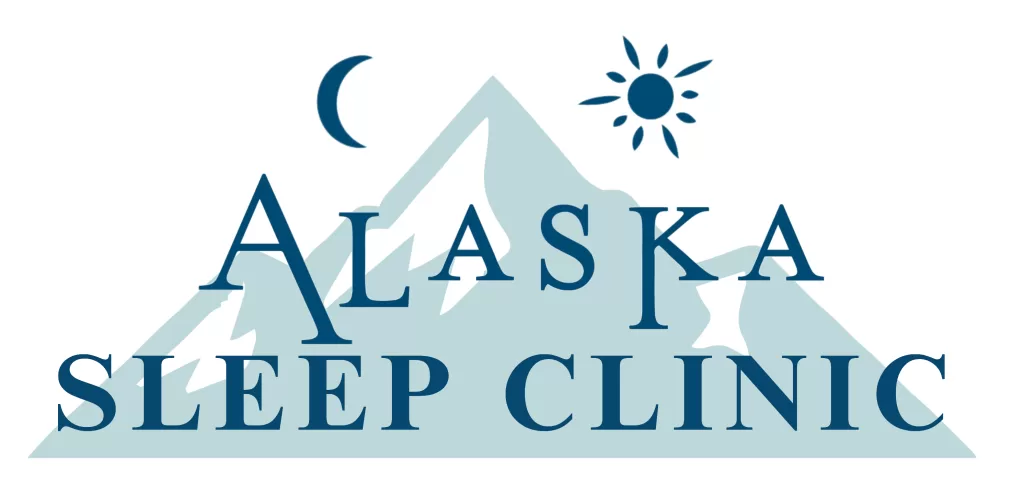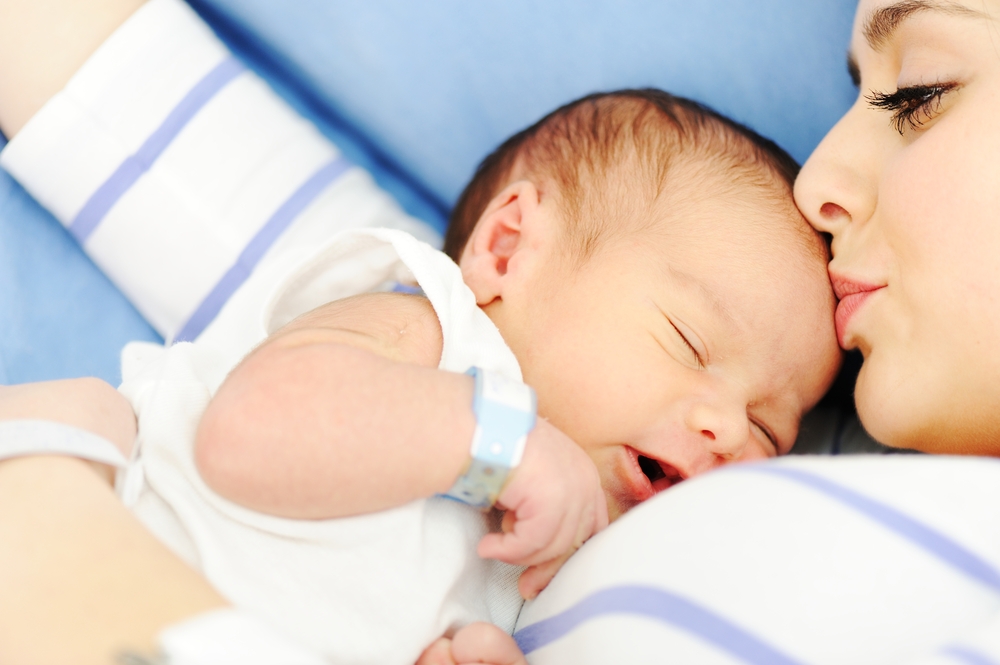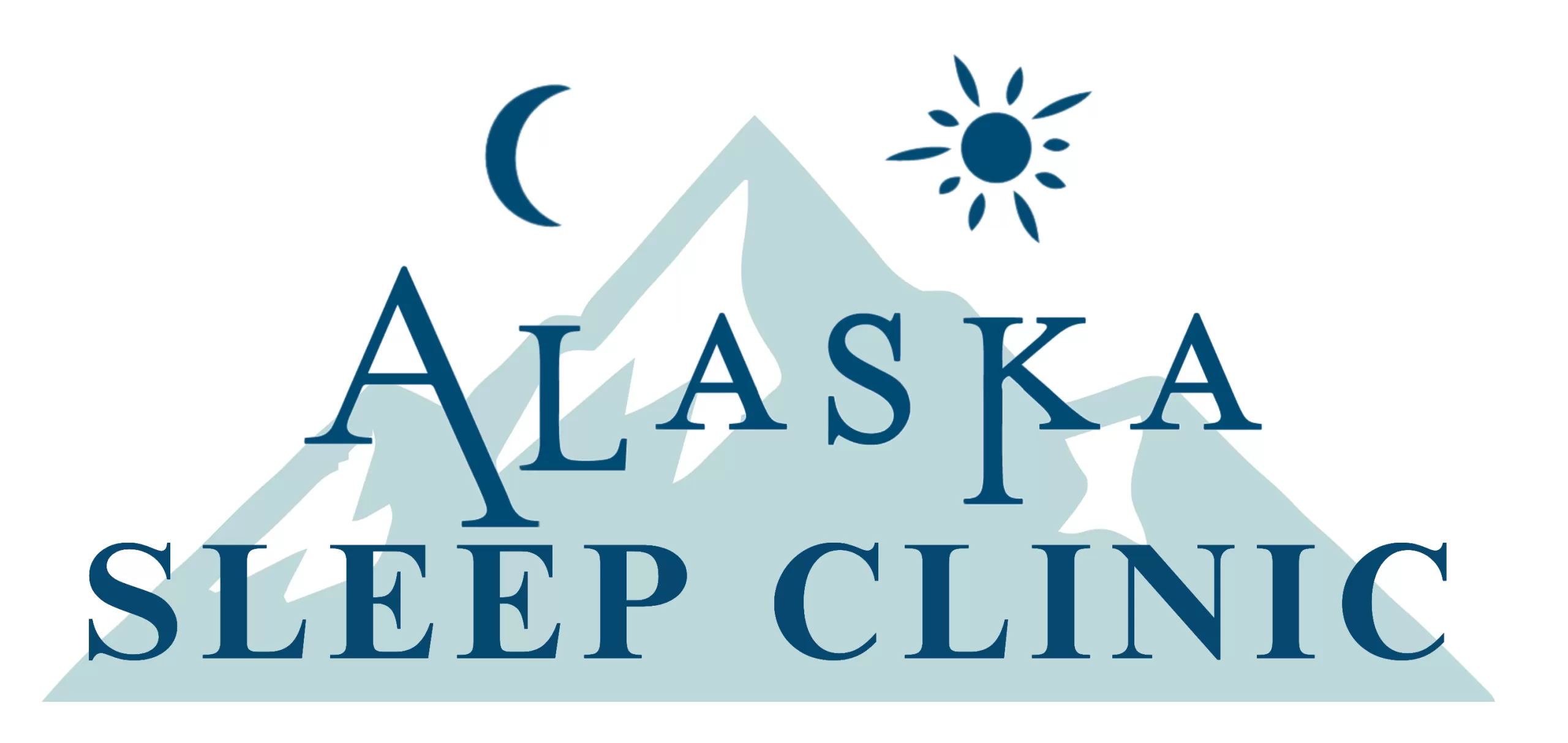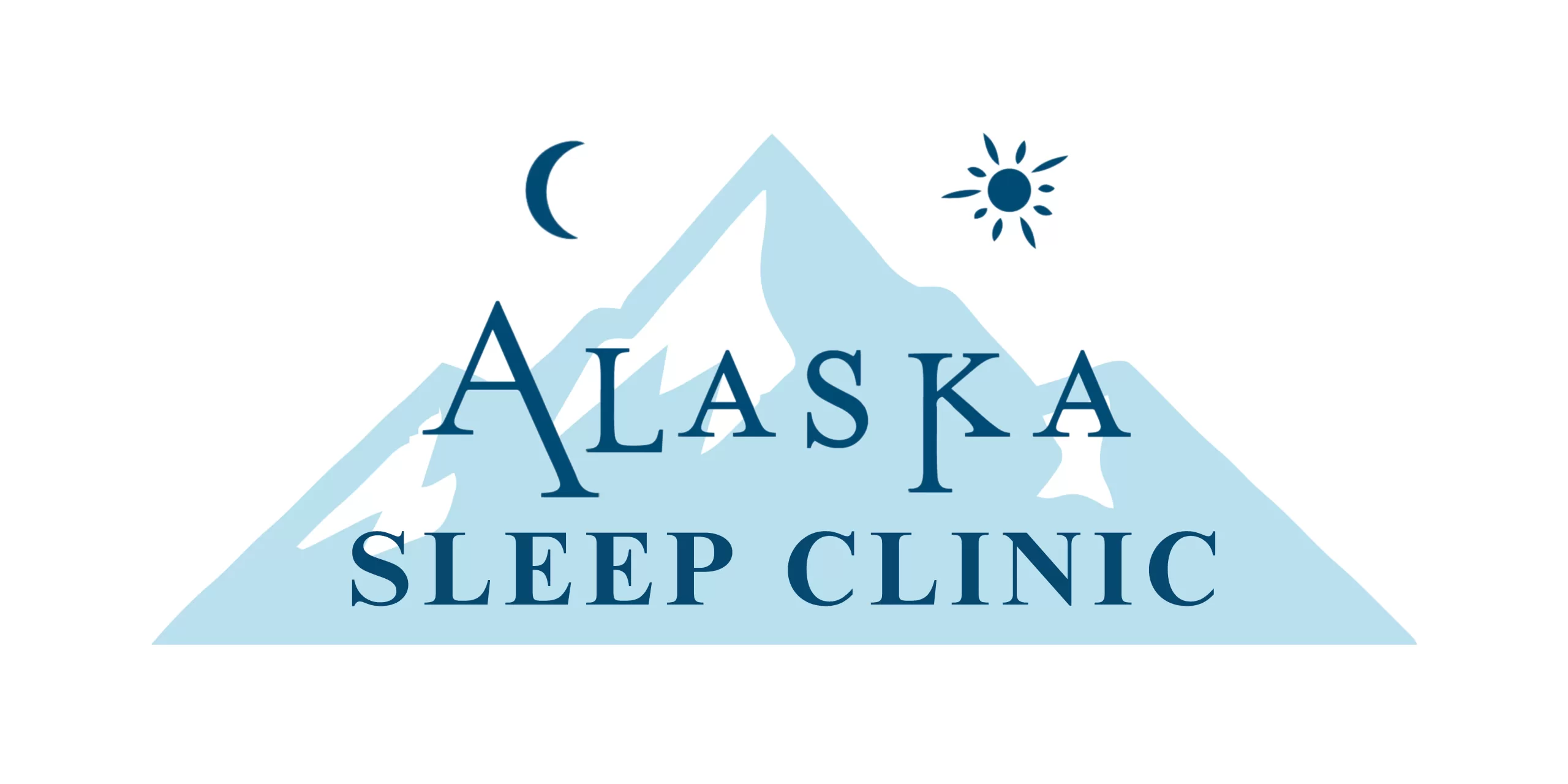Having a baby is one of the most beautiful things two people in love can experience. It is a new life created and now being taken care of, which can be completely life-changing, exciting but at the same time terrifying. Because babies are fragile and need constant care, it can be really exhausting, as the parents have to make sure that everything is done correctly.
One of the things that babies can be highly sensitive about is sleep. Health care providers always point out and advise that a baby’s sleep position, as well as sleep environment, can be crucial to its healthy development. However, things can go wrong pretty quickly as the health risks that can affect a baby’s health are numerous. One of the biggest health risks for a baby can be the risks related to its sleep.
Parents are, or should always be informed about the possibility of unsafe sleeping positions contributing to SIDS. Sure, no one wants to hear about all the negative stuff with a beautiful baby now in their lives, but it can be crucial in the prevention of anything happening to the baby.
Note: SIDS or the Sudden Infant Death Syndrome is, unfortunately, one of the leading causes of death in babies younger than one year. Almost 90% of the SIDS cases occur in babies that are younger than 6 months.
Therefore, it is crucial to have informed parents who are informed in great detail about SIDS and its relation to sleep problem appearing in babies in the first year of their lives.
No matter how much care parents put into their baby, there can always be something that they might miss. Sure, there is a great pressure on the parents to keep their baby healthy, but no one can be fully prepared for SIDS. Therefore, in the following paragraphs, we are going to take a look at SIDS, see what causes it and what are the health risks, as well as whether it is connected to sleep apnea or other sleep disorders.
What is SIDS?
The sudden death of an infant under a one-year age is considered a Sudden Infant Death Syndrome, or SIDS. The syndrome is usually established once the autopsy and medical examination show no forced external or internal causes of death; it is considered accidental in most cases.
SIDS usually occurs due to sleep issues in the baby, including sleeping in an unhealthy position, the use of unsafe bedding, exposure to smoke, or overheating.
Some researchers have even concluded that SIDS can be associated with defects in an infant’s brain that are responsible for breathing control as well as arousal from sleep. Therefore, sleep disorders might play a role in the occurrence of SIDS, but more on that later.
SIDS is rather unexplained and happens unexpectedly. Babies diagnosed with SIDS were usually considered healthy months prior to their death. Often considered as the ‘diagnosis of exclusion’, SIDS is determined to be the cause of death only if a thorough case investigation, autopsy, and the examination of the death scene show no other evidence or possible cause.
This type of infant fatality can be ascribed to a number of possible circumstances, like infection, suffocation or other illnesses parents were not aware of.
Note: The risk of SIDS is the highest between 2 and 3 months of age, and it is shown to appear more often in male infants than it appears in female infants. Also, African American children are two to three times more likely to die of SIDS than Caucasians.
There are definitely a variety of factors that can put a baby at risk, but no study has really confirmed any of them with 100 percent certainty. Nevertheless, by finding correlations between those factors and SIDS, preventive efforts that decrease the risk can be taken.
The fact that the cases of SIDS have been decreasing since 1992, due to changes in the sleep position recommended is also good news. This means that medical professionals and researchers might be on the right track.
Possible Causes and risk factors for SIDS
As mentioned above, SIDS is not characterized by specific causes or symptoms, which makes it hard to pinpoint before death. It is still a mysterious phenomenon with tragic results. Moreover, SIDS is diagnosed after the death, as an exclusion to any other causes of death in case of no diagnostic of physical evidence. According to James M. Willingers’ Definition of SIDS, it is:
The sudden death of an infant under 1 year of age, which remains unexplained after a thorough case investigation, including the performance of a complete autopsy, examination of the death scene, and review of the clinical history.
However, studies have shown that a number of causes could be associated with SIDS, or at least increase the risk of SIDS. Here are some of the causes and possible risk factors in the occurrence of SIDS:
- Unsafe sleeping positions
In the early 1990s, parents were advised to place infants on their back to sleep. Prior to that, they were advised to put babies to bed on their tummies. Stomach, and even side-sleeping increase the risk of SIDS from 6 to 13 times more than a back-sleep position, known as the supine.
Parents are always advised to put their baby on their back for every sleep period. This applies to both daytime and nighttime sleep. Before the baby can consistently and easily roll over on their own, a baby that rolls over to their stomach should be returned to their back. Once a baby can roll over easily, they can sleep in the position they prefer.
- Unsafe sleeping environments
Babies shouldn’t sleep on sofas or armchairs; such sleeping environments increase the risk of SIDS. Moreover, sharing the bed with an infant is also a bad idea. If parents are sharing a bed with their infant, they increase the risk of SIDS by 6 times. Moreover, covering the baby completely, including their head, can cause overheating and again, increase the chance of SIDS.
- Smoking
Studies have shown that one of the possible direct causes of SIDS is smoking, during the pregnancy or in the immediate environment of the baby. Genetic Studies of SIDS have shown that smoking in pregnancy can cause postnatal infections, low birth weight, and overheating in infants diagnosed with SIDS. In mothers, who, during pregnancy, smoked up to 10 cigarettes daily, there was a 4 times higher chance of SIDS. In mothers who smoked more than 10 cigarettes daily, there was an up to 9 times higher chance of SIDS. Passive smoking, as well, can be one of the risks and causes of SIDS, which are more likely to appear if both parents are smokers.
- Other possible causes and risk factors
Other possible causes and risk factors for SIDS may include preterm birth and race/ethnic origin. If an infant is born before 37 weeks, there is a higher chance of SIDS when compared to infants born at full term. On the other hand, African American, American Indian, and Alaska Native infants are more susceptible to SIDS than Caucasians or Hispanic Americans.
Some research suggests that SIDS can also be caused by difficulties in breathing and issues with cardiovascular functions in infants: Sometimes, the delay in development, as well as impairment in brain controlling activities are also associated with a higher risk of SIDS. According to the National Sleep Foundation, brain defects, which can be a genetic cause, as well as exposure to toxic substances, like cigarette smoke, can all contribute to the occurrence of SIDS.
The brain defects usually relate to the brain’s inability to send a wake-up signal. Some external factors, like overheating, can impair the brain’s function as well. It is also interesting that SIDS is more likely to occur during the wintertime, as the parents want to keep their baby warm and cozy.
This can, in turn, cause overheating due to high temperatures. Moreover, respiratory infections are more likely to occur during this season, which can impair the baby’s ability to breath properly, especially during sleep. Many infants who have died of SIDS recently have experienced a cold that might have caused breathing problems and eventually SIDS.
The National Institute of Child Health and Human Development (NICHD), has established a ‘triple-risk hypothesis’, which suggests possible causes of infants dying of SIDS. The hypothesis has been established after detailed research, which shows that infants who die from SIDS are:
- Usually affected by unhealthy sleeping environment or sleeping position
- In the stage of muscular weakness or have a neurologic defect
- Experiencing immune, cardiovascular or respiratory systems issues
SIDS and Sleep Apnea
As we have seen in the previous paragraphs, SIDS is largely unexplained and based on loose connections and assumptions. However, many of the recent studies show a possible relation between the co-occurrence of SIDS and sleep apnea. SIDS could, at it might appear, be a genetic issue.
Note: Some publications have suggested that SIDS might appear in families where adults suffer from sleep disorders, or rather, sleep apnea.
Another study has compared the number of SIDS cases in sleep apnea suffering families, with families where sleep disorders don’t occur.
The results showed that sleep apnea suffering families reported 8 unexpected infant deaths, two of them being SIDS deaths. In the infants and adults with sleep apnea in these families, it was noted that the structure of the head caused narrow air passages. This might be a valid reason to believe that sleep apnea, running in the family, and SIDS can be related. However, since SIDS occurs with no witness, it is hard to be 100 percent sure.
There is, however, the other side of this story. There are beliefs that SIDS and sleep apnea have little to do with each other. In 2003, researchers with 25 years of data said, “Peer-reviewed evidence indicates that apnea is not predictive of or a precursor to SIDS.” Some researchers believe that’s SIDS appears solely due to breathing or cardiovascular issues in an infant. In cases of such deaths, a baby cannot be resuscitated, since parents cannot know when SIDS will occur.
However, if sleep apnea is really the problem, then it could be monitored prior to its fatal effects. Infants with apnea can be resuscitated; apnea stops the baby from breathing, however, the breathing can start again upon resuscitation. Again, it is difficult to really know whether a baby has apnea, but some symptoms can help raise suspicion, like snoring, restlessness during sleep, excessive sweating at night and choking sensations appearing upon sudden awakening.
If parents recognize these symptoms, they take their child to a medical professional and monitor the baby’s sleep apnea in case it causes harm. This will increase the chance of reviving the baby and establishing normal breathing again in case of sudden death. However, monitoring has not proven successful in preventing SIDS.
Reduction of SIDS and Sleep Apnea Risks
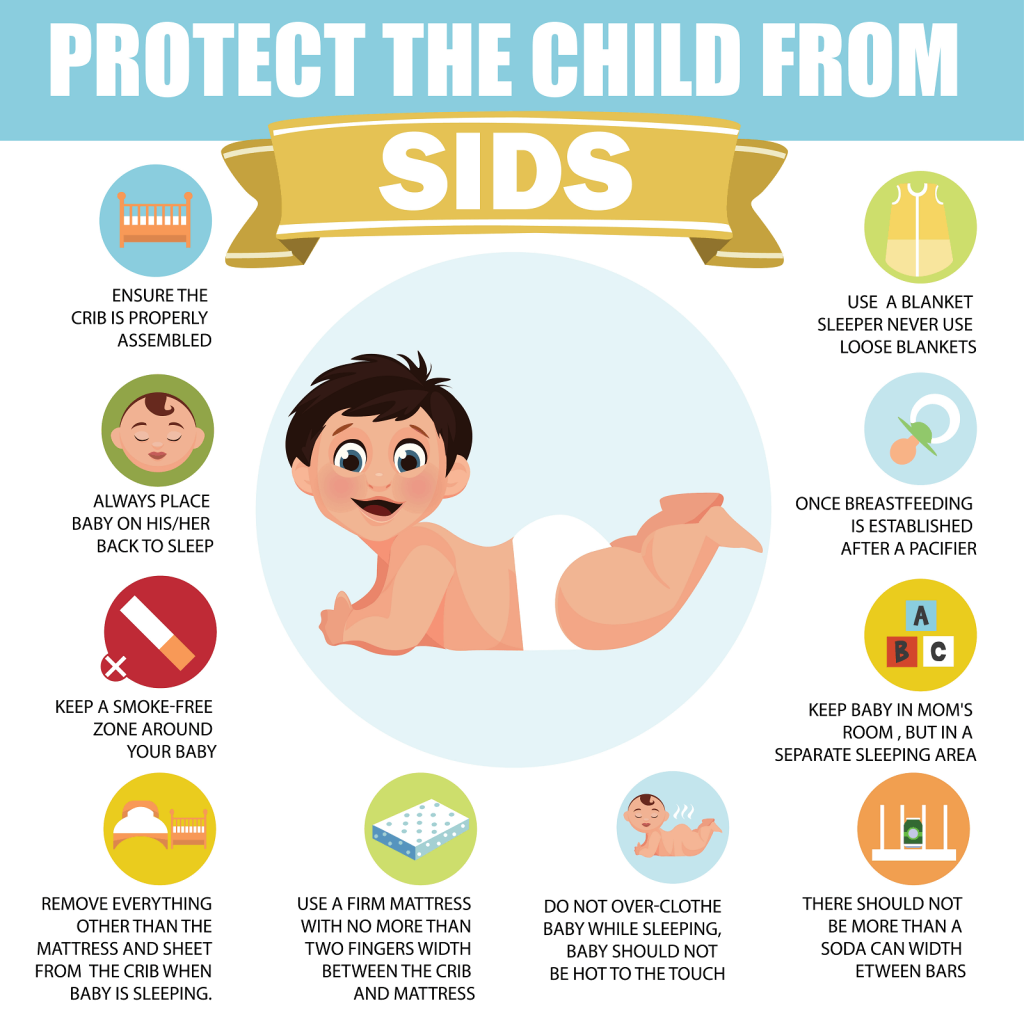
The Safe to Sleep campaign, in particular, has done a lot in promoting research evidence in suggested methods for parents to reduce risks of SIDS and sleep apnea. For example, the campaign has concluded that infants should be placed on their backs to sleep to reduce the risks of SIDS. This was concluded in a research conducted by the American Academy of Pediatrics, in 1992, confirmed in 1996, and is still valid to this day. Other recommendations and suggestions in SIDS and sleep apnea risk reduction are:
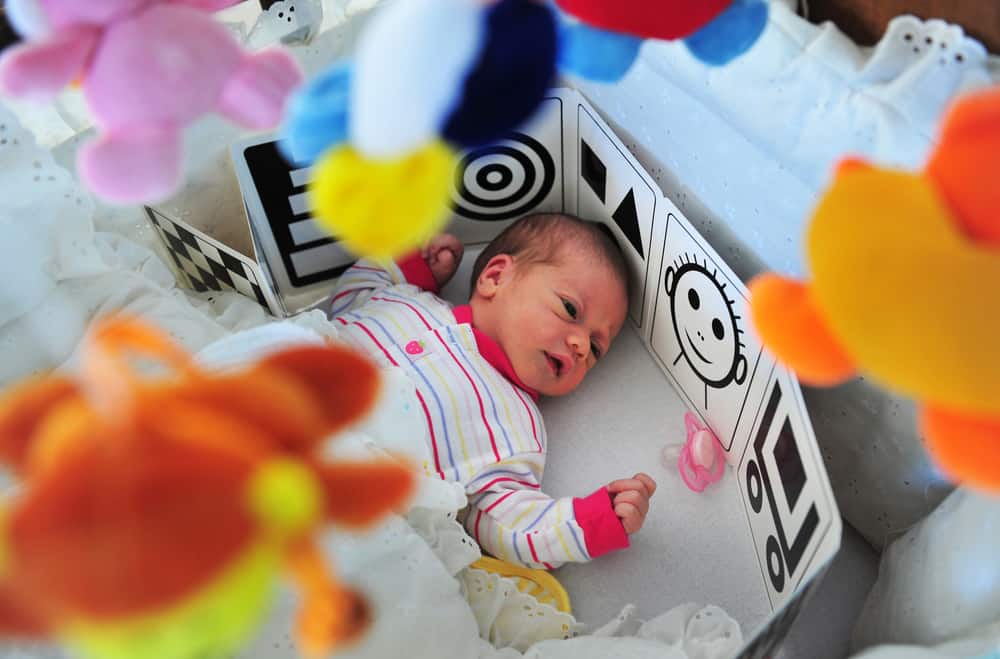
Bedding and sleep environment should be done properly. A baby should sleep on a firm surface, such as a mattress that is covered by a tight fitting fitted sheet, in a safety-approved crib, bassinet, etc. A baby should not sleep in a car seat, carrier, or similar places during the day, nor should a baby sleep on a couch, sofa, armchair, pillows, mom or dad’s stomach, or on blankets. The sleeping area needs to be firm and not soft, as many believe.
Bed-sharing is a no-no by many standards. Parents should not share the bed with their infant, due to overheating, over-bedding, and the fact that the beds for adults are completely different than those for infants. Also, because we cannot control our sleep positions once we’re asleep, it is easy to simply cover the baby or obstruct their breathing in multiple ways, with hands, coverings, etc.
Room sharing is recommended and preferable when it comes to baby’s quality of sleep and overall prevention of SIDS. By keeping the baby’s sleep area in the same room where you sleep, the American Academy of Pediatrics reports it reduces the risk of SIDS by 50%.. Having a baby’s crib next to the parent’s bed can enable them to check on the baby regularly throughout the night. If a baby had turned over to their stomach or side, a parent can react quickly and turn the baby on its back again.
There should be no toys, bumper pads, or other soft or loose object in a baby’s sleep area. Pillows, blankets, sheepskins, toys and other things all increase the risk of SIDS as they can cause overheating, possible suffocation, or even death in the case of SIDS. It is best to keep the sleeping area as spacious as possible with no unnecessary sleeping aid.
Both parents, especially mothers should quit smoking, alcohol drinking, and drug consumption as a way to reduce risks of SIDS. If a baby is surrounded by smoke and other toxins, it can quickly develop sleep and breathing problems, brain impairments, and eventually SIDS.
It is important to take care when it comes to baby’s overall health. Regular vaccine and health check-ups should be a priority. Also, unless the medical professional has advised so, parents shouldn’t be using breathing or heart-rate monitors to reduce the risks of SIDS. It is important to have medical approval and products that are tested for safety and effectiveness.
Breastfeeding is also essential in the prevention of SIDS: Some research has shown a reduced risk of SIDS in infants that are breastfed. Breastfeeding offers numerous health benefits, especially if the baby suffers from respiratory infections, diarrhea, or other infectious diseases that can make them susceptible to SIDS.
Some parents also want to introduce a pacifier to their baby. A pacifier should be used gradually, after trying to establish breastfeeding first; at least 4 weeks prior to the pacifier use. A pacifier can help the baby with restlessness and inability to sleep, but its use during sleep time as well as effects on SIDS prevention should be discussed with a professional. Some studies show that pacifiers can reduce the risk of SIDS.
Myths regarding SIDS and sleep problems
SIDS and sleep apnea are serious conditions without a doubt, however, some people tend to be overdramatic. There are so many myths regarding this syndrome we believe you should stay away from, like:
You can never place your infant on the stomach
This is completely untrue. Infants shouldn’t be placed on their stomach when they’re about to sleep. Any other time of the day, when they’re awake, they can be placed on the stomach. This is known as the ‘tummy time’ and is actually good for the baby. Tummy time can help the baby develop neck and shoulder muscles. The key is to have tummy time when the infant is actively being monitored by the caregiver.
Sleeping on the back is actually unhealthy for the baby
Many believe that sleeping on the back position is not healthy as it might cause flattening on the back of the head, or general head flattening, both known as positional plagiocephaly and brachycephaly. This is also false, since flat spots on the baby’s head appear anyways, and tend to disappear as the baby grows. If the parents are still concerned about the flattening, they can use tummy time to help reduce the flat spots.
Vaccines do not help prevent SIDS
Vaccination can actually have protective effects against SIDS. Some studies show that immunization actually reduces the risk of SIDS by 50%. However, there are still parents that are convinced that immunization actually causes SIDS. According to a study conducted by the Institute of Medicine’s Board on Health Promotion and Disease Prevention, there is simply no connection between immunization and increased risk for SIDS.
Electronic breathing and heart rate monitoring can prevent SIDS
Cardiorespiratory monitoring cannot prevent SIDS. Even though many parents rely on this idea, it is only applicable in certain situations. If a baby is diagnosed with apnea, there can be some monitoring done, only under the watch of a medical professional. Moreover, monitoring cannot prevent SIDS as this syndrome is unexpected. It is only diagnosed after it happens, therefore, any kind of direct prevention is simply not possible.
Conclusion
Sure, SIDS sounds terrifying, and the fact that it is completely unexpected and unforeseeable is even more terrifying. However, every parent can ensure their infant’s safe sleep through some of the simple recommendations and suggestions that were presented in the article. SIDS cannot be completely prevented, but sure enough, there are ways to lowers the risks of SIDS ever occurring.
If you as a parent have recognized any sleeping problems with your baby and you worry SIDS might happen, make sure to consult a pediatrician and discuss the problems. Learn about this condition and spread the word to other parents as well.
ARE YOU CONCERNED ABOUT YOUR CHILD’S SLEEP HABITS?
A good night’s sleep is essential to the growth and development of children, and children require much more sleep than adults. Sometimes however, children are unable to get the necessary amounts of nightly sleep that they need, and it can sometimes be attributed to a sleep disorder.
At The Alaska Sleep Clinic we provide consultation and therapeutic management for a wide variety of pediatric sleep disorders. We understand that your child’s health is important to you and we want to assure you that our Board Certified Sleep Physicians are highly adept at treating child sleep disorders.
Download The Pediatric Questionnaire
With one-on-one patient treatment and one of the ONLY sleep labs in Alaska with a Pediatric Medical Director, it is important to us that our physicians are trained in communicating with children of all ages and are experienced in calming the fears of nervous young patients while providing quality care for them in a relaxed, non-threatening environment.

